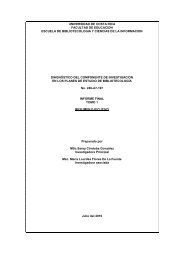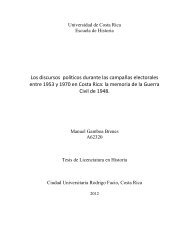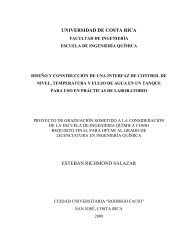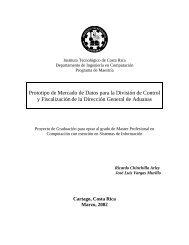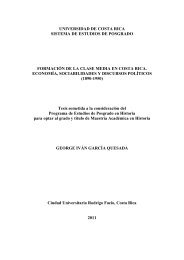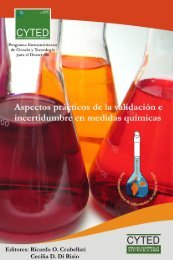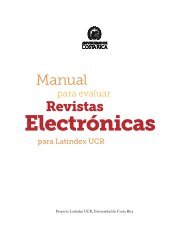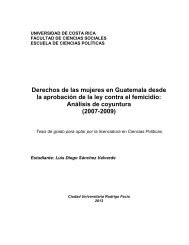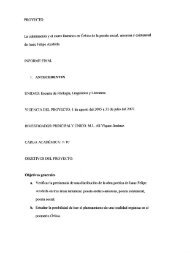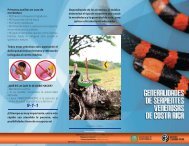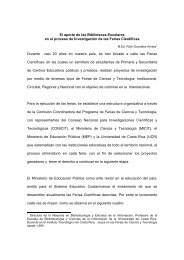A Raisin in the Sun
A Raisin in the Sun
A Raisin in the Sun
You also want an ePaper? Increase the reach of your titles
YUMPU automatically turns print PDFs into web optimized ePapers that Google loves.
enjoys a perennial privileged position. In do<strong>in</strong>g so, fem<strong>in</strong>ism claims that women ei<strong>the</strong>r lack power<br />
altoge<strong>the</strong>r or always have it <strong>in</strong> lesser amounts than men do. While at a first glance this assumption appears<br />
fairly accurate, it fails to observe different power structures at play with<strong>in</strong> societies, many of <strong>the</strong>m<br />
overlapp<strong>in</strong>g or even surpass<strong>in</strong>g patriarchal power.<br />
Derrida's th<strong>in</strong>k<strong>in</strong>g, when applied to fem<strong>in</strong>ist views of society, causes one to wonder if societies are<br />
essentially patriarchal and if all <strong>the</strong> power struggles <strong>in</strong> <strong>the</strong>m are issues of men oppress<strong>in</strong>g women and of<br />
women struggl<strong>in</strong>g to acquire a fairer amount of power. Similarly, <strong>the</strong> idea of patriarchy as a constant,<br />
monolithic power structure is questioned. Do members of marg<strong>in</strong>al groups possess power? Are <strong>the</strong>re any<br />
o<strong>the</strong>r forces besides patriarchy at play <strong>in</strong> power struggles related to gender? Is power merely a form of<br />
oppression from men to women? As an example, an analysis of <strong>the</strong> women <strong>in</strong> Lorra<strong>in</strong>e Hansberry's play A<br />
<strong>Rais<strong>in</strong></strong> <strong>in</strong> <strong>the</strong> <strong>Sun</strong> and <strong>the</strong>ir power structures, <strong>in</strong> <strong>the</strong> light of Derrida's thought, provides a useful glimpse of<br />
<strong>the</strong>ir usually undisclosed complexity and dynamism.<br />
THE WOMEN IN A RAISIN IN THE SUN<br />
The three women <strong>in</strong> Hansberry's A <strong>Rais<strong>in</strong></strong> <strong>in</strong> <strong>the</strong> <strong>Sun</strong> are Ruth, Beneatha, and Lena. Their relationship is<br />
summarized <strong>in</strong> <strong>the</strong> figure below:<br />
Ilustración 1: Relationship of <strong>the</strong> Younger Women<br />
Besides k<strong>in</strong>ship, Ruth, Beneatha and Lena share <strong>the</strong>ir humble background, precarious liv<strong>in</strong>g<br />
conditions, and <strong>the</strong>ir belong<strong>in</strong>g to a m<strong>in</strong>ority: <strong>the</strong> three women are African-Americans. Still, <strong>in</strong> terms of<br />
age, each one is separated for at least one decade.<br />
Saravia Vargas, José Roberto. "From Power-over to Power-to: Power Relations of Women <strong>in</strong> Hansberry's A <strong>Rais<strong>in</strong></strong> <strong>in</strong> <strong>the</strong> <strong>Sun</strong>"<br />
Impossibilia Nº4, Págs. 34-51 (Octubre 2012) Artículo: Recibido 08/02/2012 - Aceptado 20/03/2012 - Publicado 30/10/2012<br />
39






